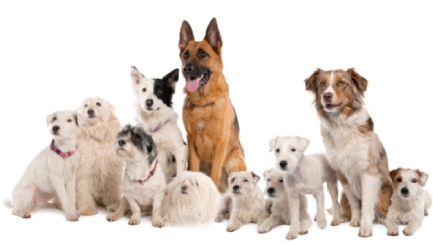Recognising The Signs Of Arthritis In The Family Dog
 For most of us, our dogs are a much loved part of the family and when our pets become ill or develop a condition such as arthritis, we do what we can to get them the best treatment and make their lives as comfortable as possible.
For most of us, our dogs are a much loved part of the family and when our pets become ill or develop a condition such as arthritis, we do what we can to get them the best treatment and make their lives as comfortable as possible.
Arthritis in canines is very common, particularly as a dog ages. Our dogs can’t tell us when there’s something wrong nor how much they are in. It’s essential to keep an eye out for any sign that something is wrong.
In humans, wear and tear in our cartilage and joints manifests itself in osteoarthritis, often striking when we get older but also affecting younger people, too. In canine arthritis, the same thing happens as the cartilage or tissue around the joints breaks down, causing inflammation and pain that puts stress on the joints.
Often it will become obvious when your dog has a problem with its joints. S/he might favour a limb, have problems sitting or standing and seem to be stiff when getting up. If s/he’s hesitating to jump, climb stairs or run and is less inclined to play and more inclined to sleep, this could be a very visible sign of the onset of arthritis.
Dogs can be very stoic and may not show how much pain or discomfort they are actually in. Others might seem more bad tempered and snap if you touch their painful limbs.
Like arthritis in humans, canine arthritis has no cure. Instead your vet will prescribe a combination of medication, diet and exercise to keep your dog as comfortable and pain free as possible.
Diet is important – if your dog is overweight, those extra pounds will put added pressure on joints already feeling the strain of arthritis. Exercise also helps but you must be careful not to injure the dog further by allowing him too much exercise. Ask your vet for a planned programme of exercise that is best for your dog.
In the most severe cases, your vet may recommend surgery for your dog, especially in a younger animal that has developed arthritis.


Comments are closed.